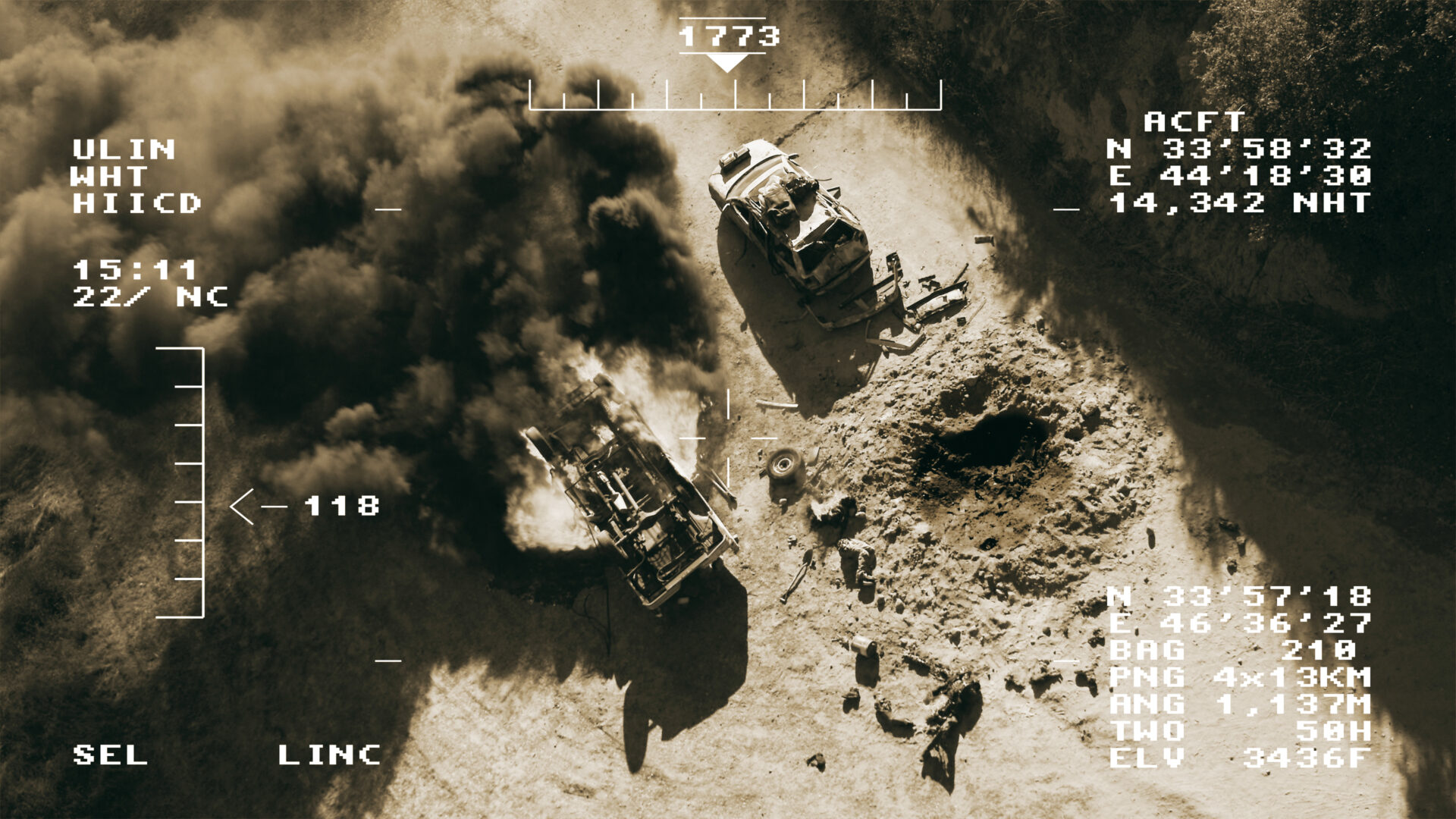Chronicles of a Disappearance
January 19 – May 13, 2012

Photo : Yon Thomas, courtesy of gb agency, Paris & Arratia Beer, Berlin
January 19 – May 13, 2012
[En anglais] For this group exhibition, curator John Zeppetelli seems to have posed himself an impossible challenge: to bring together artworks that make disappearance visually representable and absence physically palpable. Chronicles of a Disappearance is a quiet but unnerving overview of five artists’ strategies for depicting the distant and invisible nature of violence in contemporary politics.
Texts, and their translations, serve to explicate the social context of many of the projects, but also underscore the incommensurable distance (physical, historical, and cultural) between the artworks’ absented subjects and their present viewers. In Taryn Simon’s 2007 series, An American Index of the Hidden and the Unfamiliar, large-scale colour photographs offer glimpses of concealed locations in the American landscape, from the banal (such as the abstract art collection that hangs in the lobby of the CIA’s headquarters) to the shocking (like the ungainly pile of all the items confiscated from passengers over a 24-hour period at New York’s John F. Kennedy airport). Though the photographs are surreal records of places viewers could not otherwise imagine, it is Simon’s dry descriptions of what takes place in these scenes — printed in tiny type on the wall next to each image — that give the work its political force, raising questions about why these activities remain unseen in an age of ubiquitous photo documentation.
Omer Fast’s film installation, 5000 Feet is the Best (2011), also employs translation to comment on secretive forms of international surveillance, and professional actors to recreate military missions in Pakistan and Afghanistan conducted by a drone operator in the United States. Drawing on the tropes of action films and video games, Fast uses subtitles and a voice-over to describe the attacks, but sets the film in the desert landscape around Las Vegas, applying his unique talent for layering multiple cinematic narratives to confuse fact and fiction, literally bringing home the human cost of these acts of overseas violence.
In the most disturbing work in the exhibition, text bridges the extremes of abstraction and figuration wrought by death. At first glance, Teresa Margolles’s Plancha (2010) resembles a Carl Andre – inspired minimalist sculpture, a series of steel plates in a line along the gallery floor. Occasional drips of water from the ceiling activate the object, however, hissing as they hit the heated plates and are transformed into steam. Zeppetelli’s didactic text reveals that the water is in fact taken from a morgue in Mexico City after it is used to wash corpses, charging this otherwise simple material transformation with metaphysical implications. Seen alongside video projects by Philippe Parreno and José Toirac that memorialize political figures, these works imbue the act of disappearance with an aspect of the sublime, questioning the very limits of visual representation.




